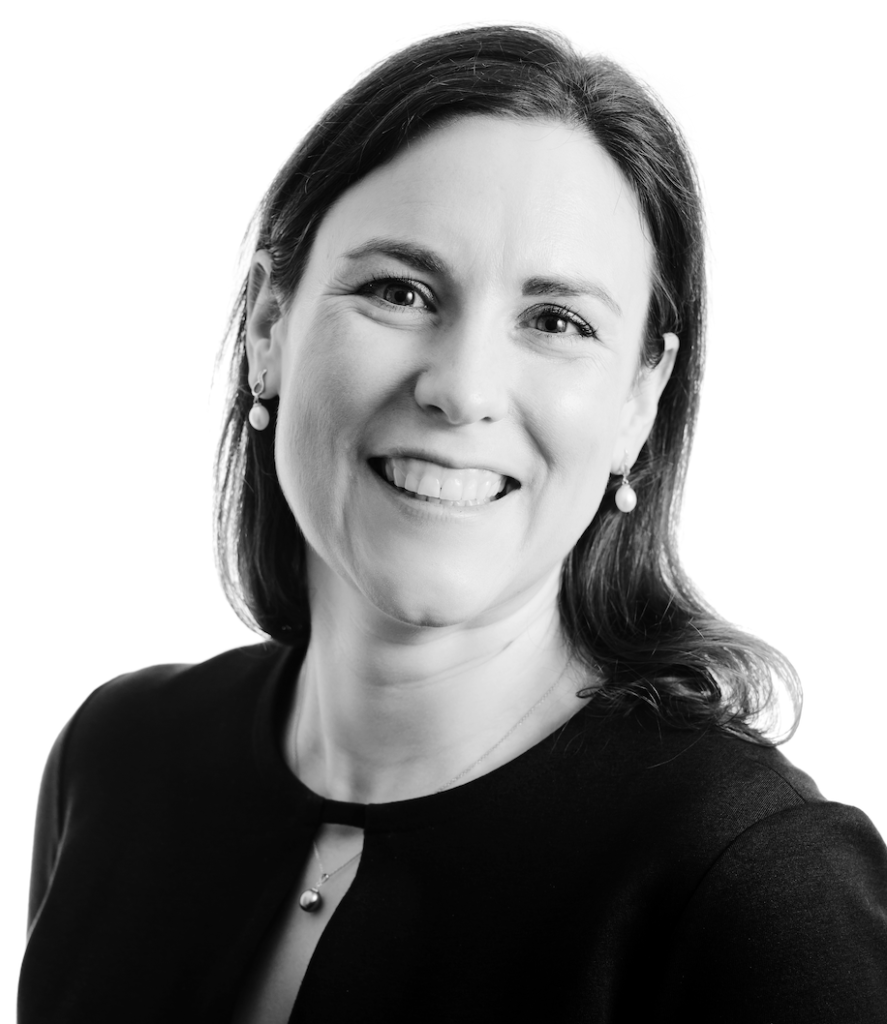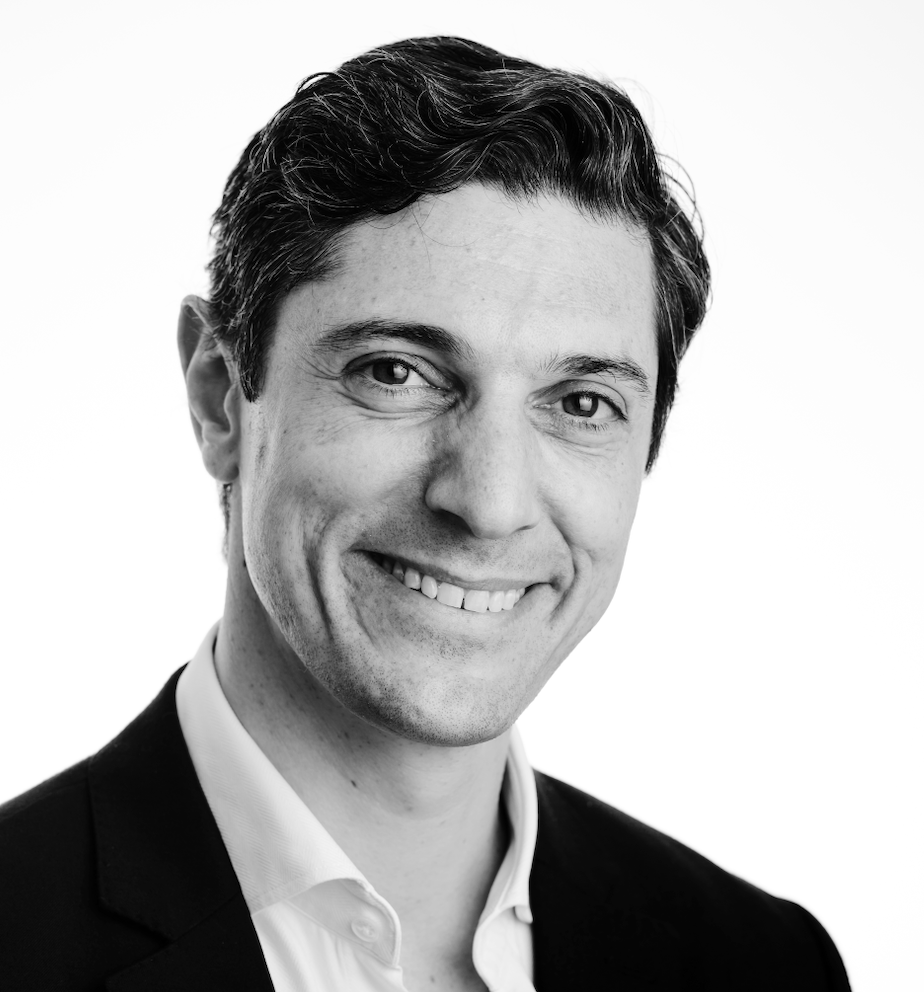A summary of the latest industry trends in cosmetic surgery found at The British Association of Aesthetic Plastic Surgeons’ Annual Scientific Meeting for Aesthetic Plastic Surgery.
The British Association of Aesthetic Plastic Surgeons (BAAPS) is represented by Flipside PR in the UK. Contact us to find out more.
Flipside PR and the Annual Scientific Meeting for Aesthetic Plastic Surgery
This September, Flipside PR hosted a press conference at the British Association of Aesthetic Surgeons’ Annual Scientific Meeting. Taking place in IET London, Savoy Place, Flipside organised and invited a range of press from a variety of publications to exclusively listen to the current findings from world-leading experts and thought leaders in the field of Aesthetic Plastic Surgery.
The theme of this year’s conference was Elevation in Surgery: elevation of technique, elevation of results and elevation of patient experience. With differing backgrounds and expertise, the speakers unveiled the latest industry trends and techniques across the globe.
The annual conference comes at a time where Aesthetic Plastic Surgery is particularly booming in the UK. According to the BAAPS annual audit, 31,057 cosmetic procedures took place in 2022, up 102% from the previous year. Partly responsible for this boom are advancements in techniques that help to improve patient outcome, satisfaction and safety.
As Vice President of BAAPS Nora Nugent explains, “BAAPS stands for education and training, but also innovation and advancement. Techniques must move on and be modern and contemporary whilst staying safe at the same time.”
It is through this conference that Flipside PR is able to help BAAPS effectively and accurately share their insights into the future of cosmetic surgery with the press and, therefore, the public.

The Future is Facelifts: The Ponytail Lift, Scarless Beautification & Global Rejuvenation
Chia Chi Kao, an esteemed facial surgeon located in Los Angeles, has gained widespread recognition for transforming facelift procedures. His innovative approach, dubbed the “Ponytail Lift,” involved discreet, minimal incisions strategically placed behind the ear and withing the hairline. Traditional methods of this procedure primarily focus on elevating the brow. However, Kao’s technique prioritises altering the brow’s shape rather than its height. The skilful rotation of the outer brow results in the emphasis shifting from lifting to reshaping. This mitigates the risk of a “windblown” or “surprised” appearance.
“One of the many interesting things about Dr Kao’s pioneering work is that it can be used earlier on in the ageing process, because it’s not so much about lifting sagging skin”, said BAAPS President Marc Pacifico.
In a recent survey of BAAPS members, 70% observed a trend for patients under 50 enquiring about facelifts. “It was observed that facelifts are often considered by patients in their early to mid 40s who usually have the mindset of maintenance rather than later rejuvenation”, adds Pacifico.

Aesthetic Plastic Surgery: The Gliding Lip Lift
May celebrities are taking to social media to renounce lip fillers. As such, alternative techniques for achieving plump, natural looking lips are gaining popularity. Jerry O’Daniel brings over 30 years of experience to the full spectrum of cosmetic and non-surgical procedures. He is renowned for his anatomical approach to face, neck and lip lifting.
As O’Daniel points out, we judge age not by the eyes but by the lips. This makes them all the more crucial to get right.
A traditional Bullhorn Lip lift is challenging. If only the central third of the lip is lifted, it may over-elevate this section, resulting in an unnatural look or “bunny lips.”
O’Daniel’s Gliding Lip Lift helps with elevation of the lip more laterally as well as in the middle, helping to maintain natural proportions. It occurs under local anaesthetic and scarring is minimal.
Aesthetic Plastic Surgery: Filler Fatigue
Dermal fillers have gained in popularity, again, partly influenced by reality TV shows like Love Island and social media. However, medical experts caution that the injected substance may cause an immune reaction.
Dr Spero Theodorou, one of the conference speakers and director of the leading bodySCULPT plastic surgery practice in New York, spoke out about a study that will be published later this year in the international plastic surgery literature.
A key discovery in the filler industry regards Hyaluronic Acid (HA). The key compound in most fillers, HA is blocks lymphatic channels, channels that help the body drain fluid and are a key part of the immune system that helps to fight disease. Fillers are also being linked to cysts, lumps, swelling and facial pain.
“Under-eye filler is one of the biggest problems. You see women everywhere with swollen eyes. It’s taken us 20 years but we’ve proved it. I don’t gain anything from doing this. I will be a pariah. You have young women having fillers in their faces. It’s never going to go away. It’s very hard to remove and it blocks lymphatics in your face. This is a very important system. Not all patients will have swelling, but evidence suggests all will have some degree of lymphatic blockage”. Commented Dr Theodorou.
BAAPS president Marc Pacifico said: “People don’t need to panic and have fillers dissolved as an emergency. This is preliminary research but it gives us a scientific explanation for side-effects we are seeing with fillers. Whether it has more medical ramifications is unknown at this stage. However, this does highlight the importance of using a medically trained clinician for injectable fillers.”
Small is the New Big: Stem Cell-Enriched Fat Grafts for Breast Augmentation
According to the BAAPS Annual Audit, Breast Reduction procedures were up by 122% in 2022. Most of these women were also choosing a smaller cup size due to lifestyle choices. “Women are being influenced by wellness and improving the quality of their lives, rather than aesthetic concerns” says BAAPs Vice President Nora Nugent.
Alternatively, some have their implants removed due to implant-associated complications. Theses include chronic pain, capsular contraction, breast deformities, or concerns over breast implant illness. Replacing it with a new implant is therefore not desirable and alternatives are requested by patients to substitute the removed implant volume for a cosmetic satisfying result.
Whilst fat transfer treatments are a natural and effective alternative to artificial implants, their success has been limited. This is due to an unpredictable fat survival rate, previously thought to be between 40-60%. Aiming to improve treatment outcomes, a new fat enrichment technique has been developed to safely and efficaciously replace the implant volume with fat grafts enriched with ex vivo expanded stem cells.
By boosting naturally-occurring stem cells within the fat, that is harvested from the tummy or thighs, the new technique increases the fat survival rate to 80-100%. This results in much more predictable treatment outcomes for patients.


